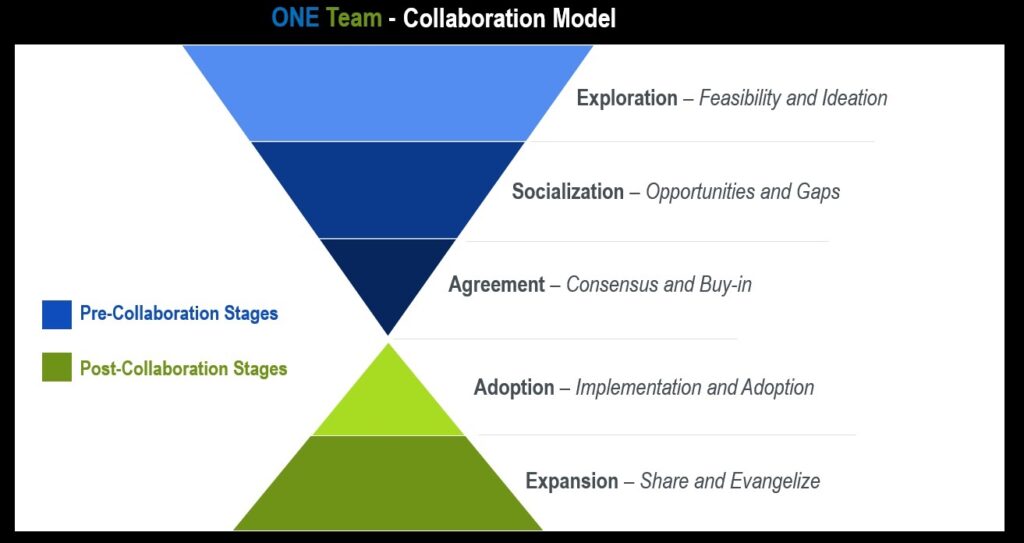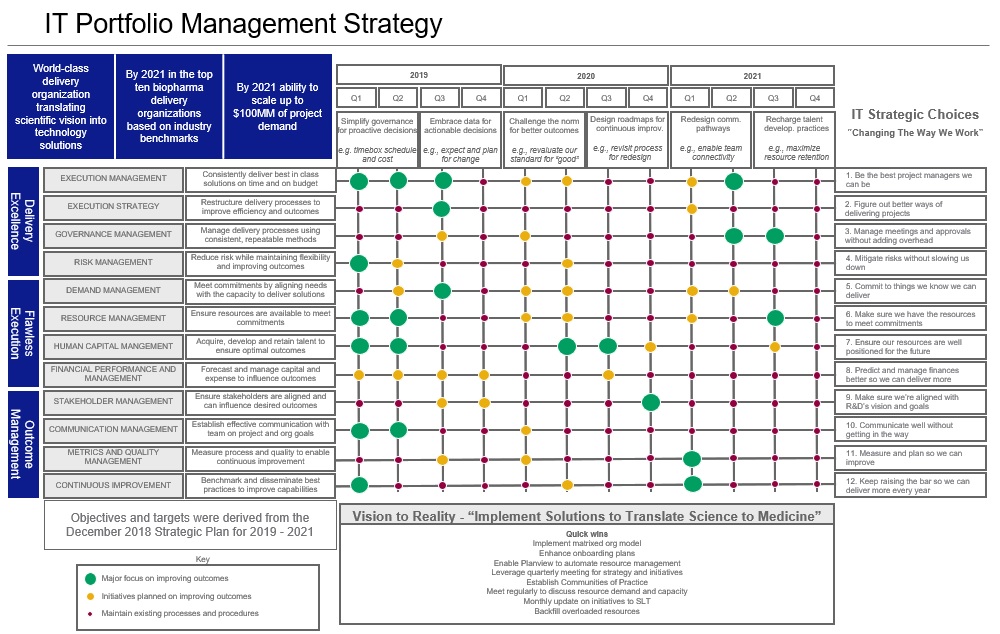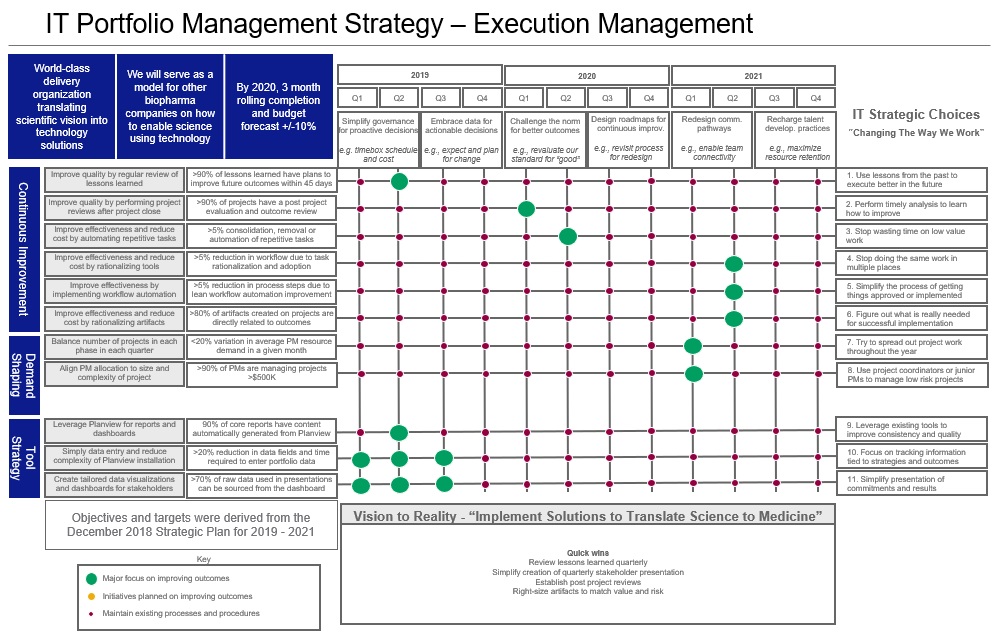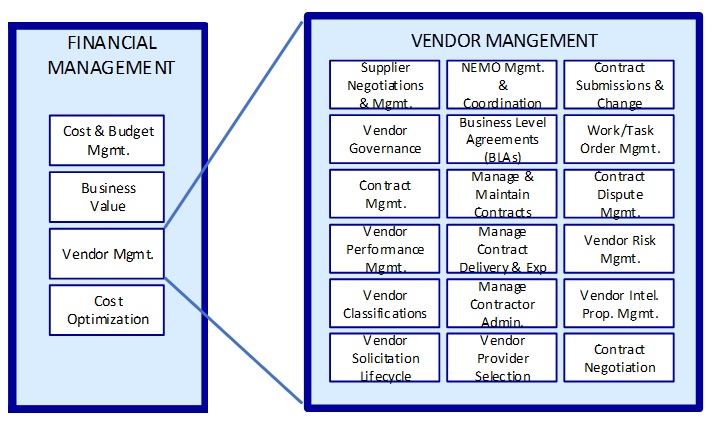Are you trying to get another 10% out of your development team? When it comes down to the wire, is development always taking the longest time to deliver? Today, I’m going to provide insights into how to get over that organizational obstacle.
Hi, I’m Peter Nichol, Data Science CIO.
One of the most significant changes in information technology is in development. Over the last decade, we’ve experienced a pivot in what’s included in corporate development teams, the state of development performance, and many questions around the future of development.
Is IT development going offshore? Will tomorrow’s development teams be comprised of hybrid and onshore models? What’s the future of development? Do we even need developers anymore?
Here’s my take on these questions. Yes, progressing companies will require in-house developers to build and expand on organizational core competencies. However, new development models are emerging in the corporate world.
We won’t be talking about the onshore, near-shore, far-shore, or off-shore models of yesteryear. Instead, IT development models need to account for changing business demands. Most specifically, conventional development time can’t be cut by 10%. Rather, it has to be chopped by 50% or 70%. That’s what’s required to keep up with the dynamic business environment of today. Technology leaders understand this, and they’re responding and changing the composition of their teams.
New IT development models need to respond faster and specifically anticipate changing business demands while the traditional costs of large development teams need to fade into the sunset.
Leaders are looking to no-code, low-code, and full-code as the future. So, let’s get into it.
As I walk through these models, consider applications in your environment today. Which applications might be more conducive to low-code versus full-code? How can you optimize your development teams to squeeze out that 10% or 50% of efficiency that’s required? What if you limit your power developers and bring up potential developers through a no-code or low-code model? It might just work and save you millions.
Let’s being with no-code. This type of technology typically consists of mainly drag-and-drop functionality. This basic functionality is leveraged for reporting or elementary transactional systems that citizen-developers can drive. You don’t need full-fledged developers to drive low-code solutions.
Here are a few solutions you can consider when exploring no-code development environments:
- Adalo
- Visual LANSA
- GeneXus
- Zoho Creator
- Appy Pie
- AppSheet
- Airtable
- Visual LANSA
- GeneXus
- Zoho Creator
Immediately, applications like Abby Pie, AppSheet, or Airtable come to mind.
However, if you require functionality to support a bit more complexity, we enter the low-code environment. In this environment, you may have more complicated database calls. In addition, there may be multiple integrations that don’t lend themselves so well to drag-and-drop functionality (ActionDesk, Parabola, Flow, IFTT, Zapier).
In the low-code space, there are numerous options to explore:
- WordPress
- Appian
- Boomi
- Creatio
- GoodBarber
- Mendix
- Microsoft Power Fx
- Oracle Application Express
I think of companies like Mendix, Appian, or even WordPress that are a little more plug-and-play. The benefit of low-code is you begin to have a more capable interface for drag-and-drop functionality. You also have access to include custom code, call APIs, and more complex database calls into your deployed applications.
Last, we have full-code environments. When deciding to adopt a full-code model, you want precise flexibility. You must architect a system for a given purpose. Your designs don’t support template-based architectures but are fit-for-purpose solutions that are generally viewed as highly capable—otherwise known as complex.
Typically, these applications are designed for high availability (HA) or deal with big data sets. These systems are usually highly transactional in nature and support high throughput and significant transactions per second.
There are loads of great examples of full-code environments. These languages are commonly complex and can support very prescriptive coding to address very narrow business cases:
- JavaScript
- Python
- C/C++
- JAVA
- R Language
- Kotlin
- C#
- PHP
- Go
- Scala
Traditional full-code environments that come to mind include Java, Python, or C++. Each of these is a full-fledged programming language.
Do you genuinely require all your developers to be full-code capable? Is there another option to segment your team’s capabilities and align them to departmental or organizational needs?
What would your future-state architecture look like if your model supported no-code, low-code, and full-code development environments? Not every business unit requires custom applications. Many are satisfied with accurate reports that are developed and published promptly.
Here are questions to consider:
- Where is our future-state architecture headed?
- How many full-code developers do we require on staff?
- Which organizational needs can be met with no-code or low-code capabilities?
- What percentage of developers are full-code?
Suppose your technology capabilities have only been focusing on full-code environments. In that case, you might be able to pull and grow some internal resources into the low-code or no-code areas to optimize outcomes. These are just a few ideas to think about as you consider your development team.
If you found this article helpful, that’s great! Check out my books, Think Lead Disrupt and Leading with Value. They were published in early in 2021 and are available on Amazon and at http://www.datsciencecio.com/shop for author-signed copies!
Hi, I’m Peter Nichol, Data Science CIO. Have a great day!













